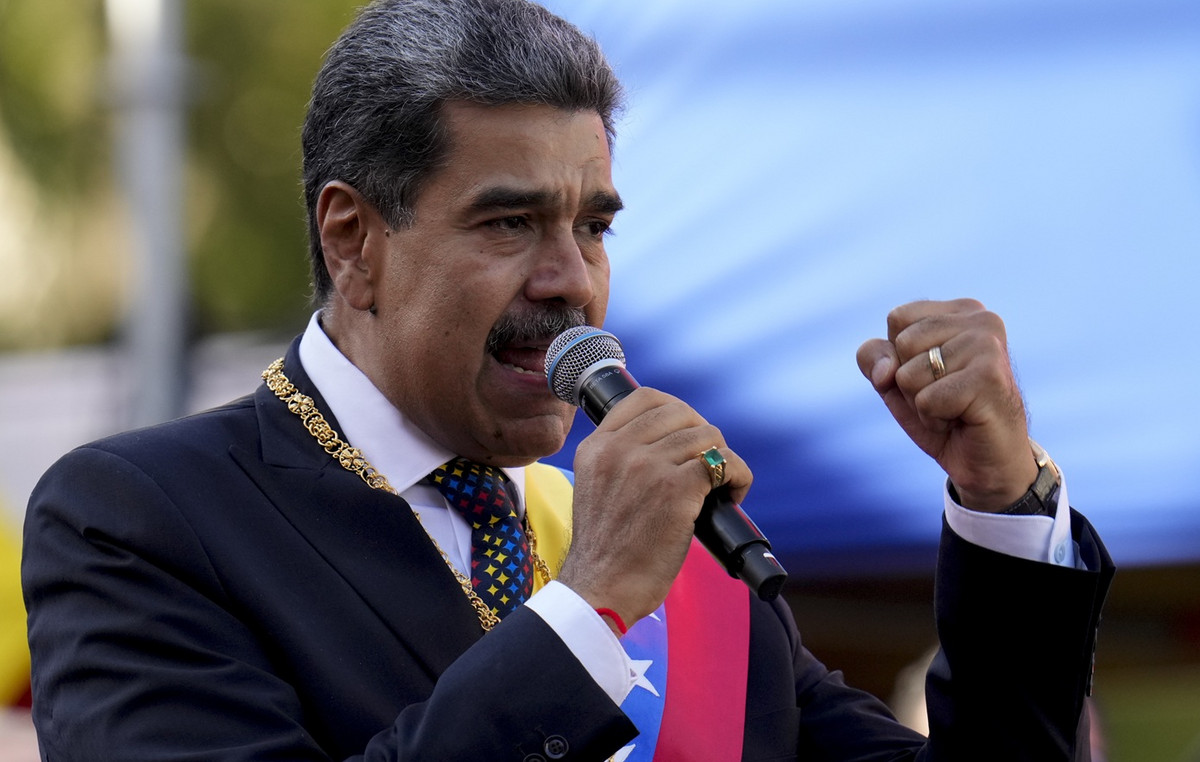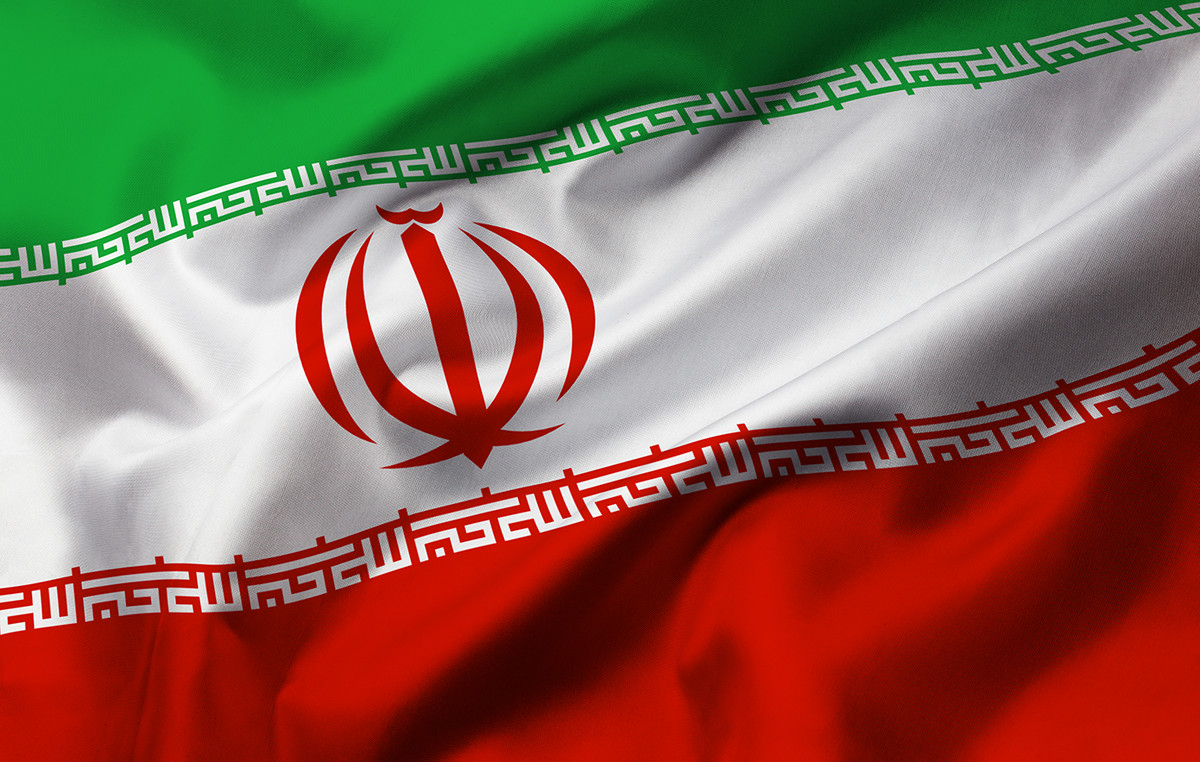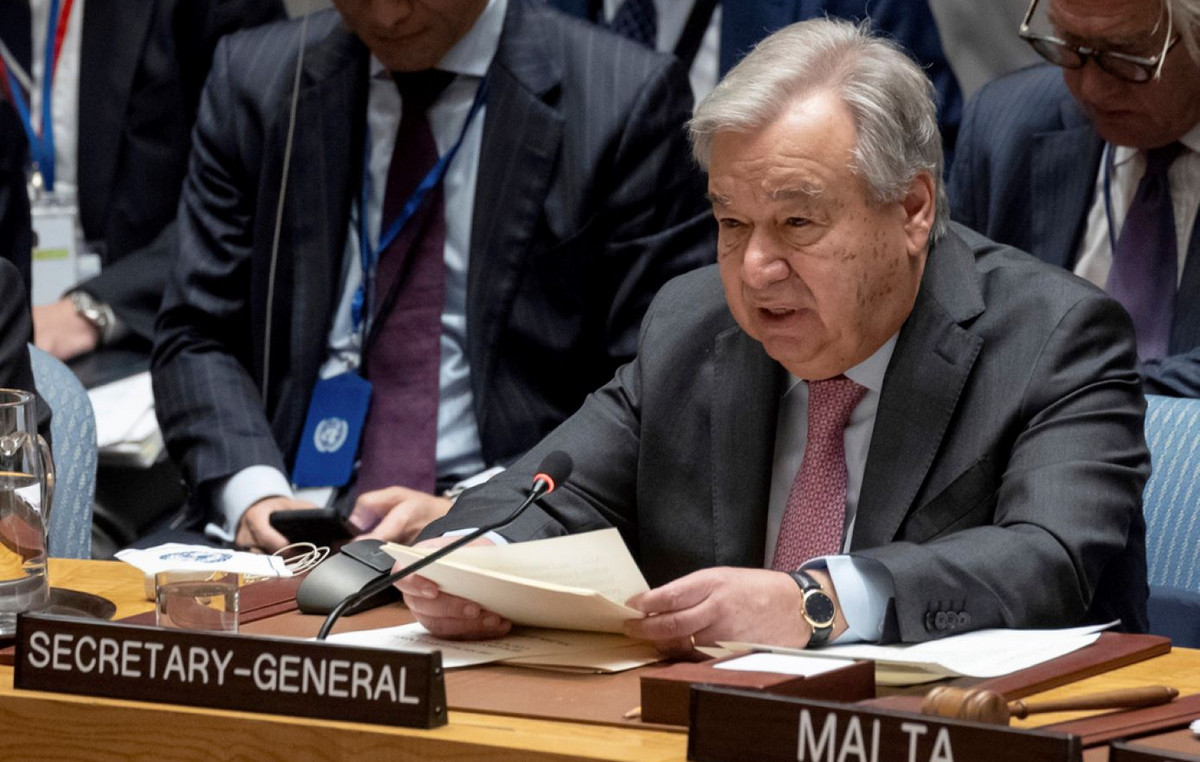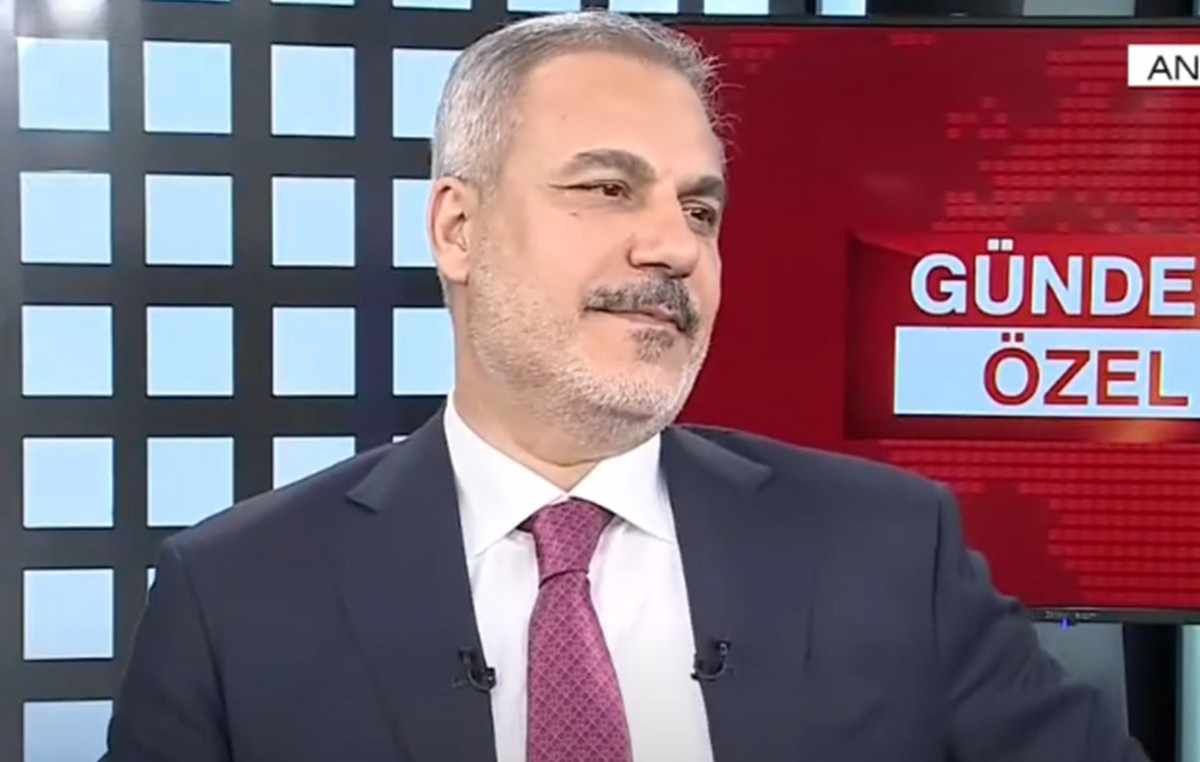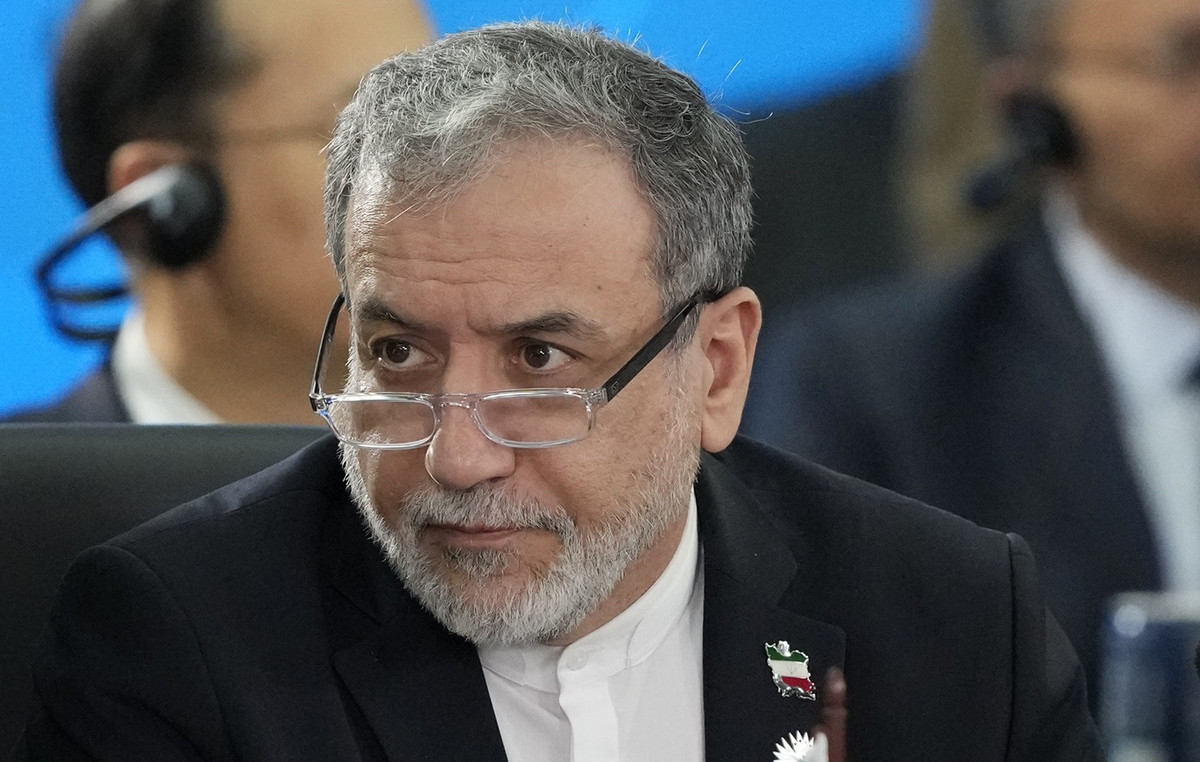- The US dollar index is recovering slightly but fails to exceed the resistance of 100.23.
- Trump announces a commercial agreement with the United Kingdom, but the tariffs remain.
- Traders continue to digest the Fed decision on Wednesday.
The US dollar index (DXY), which measures the value of the US dollar in front of a foreign exchange basket, quotes about 100.00 on Thursday, modestly driven by positive US data and extended performance differential expectations. The markets initially held the news of a commercial agreement between the US and the United Kingdom, although enthusiasm vanished as the details confirmed that tariffs would remain in force.
Daily summary of market movements: the US dollar maintains its position after an agreement with the unconvincing United Kingdom
- The president of the USA, Donald Trump, announced an “important” commercial agreement with the United Kingdom, although key tariffs will remain at 10%, limiting market enthusiasm.
- Investors are still skeptical about progress in China’s tariffs, since Trump shows no intention of reducing 145% tariffs and China delays negotiations.
- Markets expect preliminary commercial discussions between the US and China this weekend in Switzerland, but both parties are minimizing the hopes of rapid advances.
- The July 9 deadline for the Trump Administration Tariffs review is approaching, with few new commercial agreements signed so far.
- Une.uu unemployment requests fell to 228,000, exceeding market expectations and suggesting strength in the labor market.
- The Bank of England reduced its policy rate at 25 basic points to 4.25%, expanding the interest rates gap against the US and increasing the demand of USD.
- The yields of the US Treasury bonds remain supported, with the 10 -year bonus at 4,345%, before an auction of 39,000 million dollars and the communication of the expected FOMC next week.
- The feeling of risk improved after the actions rose, with the Dow Jones increasing more than 1.6% as hopes of greater commercial clarity grew.
- The gold shot at $ 3,400 per ounce while investors were protected against persistent commercial tensions and the limited increase in USD despite the divergence of central banks.
- Trump hinted that more commercial ads could come in “weeks”, but did not offer a schedule for the signing of real agreements.
- The next speech of the president of the Fed, Jerome Powell, remains key, with the central bank expected to keep the stable rates while inflation remains a concern.
- The markets continue to discount two feats of fees from the Fed by the end of the year, with the first projected movement for July, except for strong inflationary surprises.
- Asian currencies remain firm, since countries like Singapore and Malaysia tolerate a stronger FX to relieve commercial frictions with the US.
Technical analysis of the US dollar index: it is not yet bullish
The American dollar index (DXY) trades around 100.00 with a modest daily gain of 0.25%. The price action remains limited within the range of 99.61–100.21. The relative force index (RSI) in 45 and the average directional index in 48 both indicate a neutral impulse.
However, the MACD shows a purchase signal, while the ultimate oscillator also remains neutral in 61.24. The mixed signals of the mobile socks highlight the indecision: the simple mobile average (SMA) of 20 days in 99.64 supports the buyers, but the 100 -day (105.17) and 200 days (104.33) smokes continue to reflect a broader bearish pressure. The key resistance is found in 100.23, 100.86 and 100.91; The support is located at 99.83, 99.81 and 99.67.
Fed Faqs
The monetary policy of the United States is directed by the Federal Reserve (FED). The Fed has two mandates: to achieve prices stability and promote full employment. Its main tool to achieve these objectives is to adjust interest rates. When prices rise too quickly and inflation exceeds the objective of 2% set by the Federal Reserve, it rises interest rates, increasing the costs of loans throughout the economy. This translates into a strengthening of the US dollar (USD), since it makes the United States a more attractive place for international investors to place their money. When inflation falls below 2% or the unemployment rate is too high, the Federal Reserve can lower interest rates to foster indebtedness, which weighs on the green ticket.
The Federal Reserve (FED) celebrates eight meetings per year, in which the Federal Open Market Committee (FOMC) evaluates the economic situation and makes monetary policy decisions. The FOMC is made up of twelve officials of the Federal Reserve: the seven members of the Council of Governors, the president of the Bank of the Federal Reserve of New York and four of the eleven presidents of the regional banks of the Reserve, who exercise their positions for a year in a rotary form.
In extreme situations, the Federal Reserve can resort to a policy called Quantitative Easing (QE). The QE is the process by which the Fed substantially increases the flow of credit in a stuck financial system. It is a non -standard policy measure used during crises or when inflation is extremely low. It was the weapon chosen by the Fed during the great financial crisis of 2008. It is that the Fed prints more dollars and uses them to buy high quality bonds of financial institutions. The one usually weakens the US dollar.
The quantitative hardening (QT) is the inverse process to the QE, for which the Federal Reserve stops buying bonds from financial institutions and does not reinvote the capital of the bonds that it has in portfolio that they expire, to buy new bonds. It is usually positive for the value of the US dollar.
Source: Fx Street
I am Joshua Winder, a senior-level journalist and editor at World Stock Market. I specialize in covering news related to the stock market and economic trends. With more than 8 years of experience in this field, I have become an expert in financial reporting.

